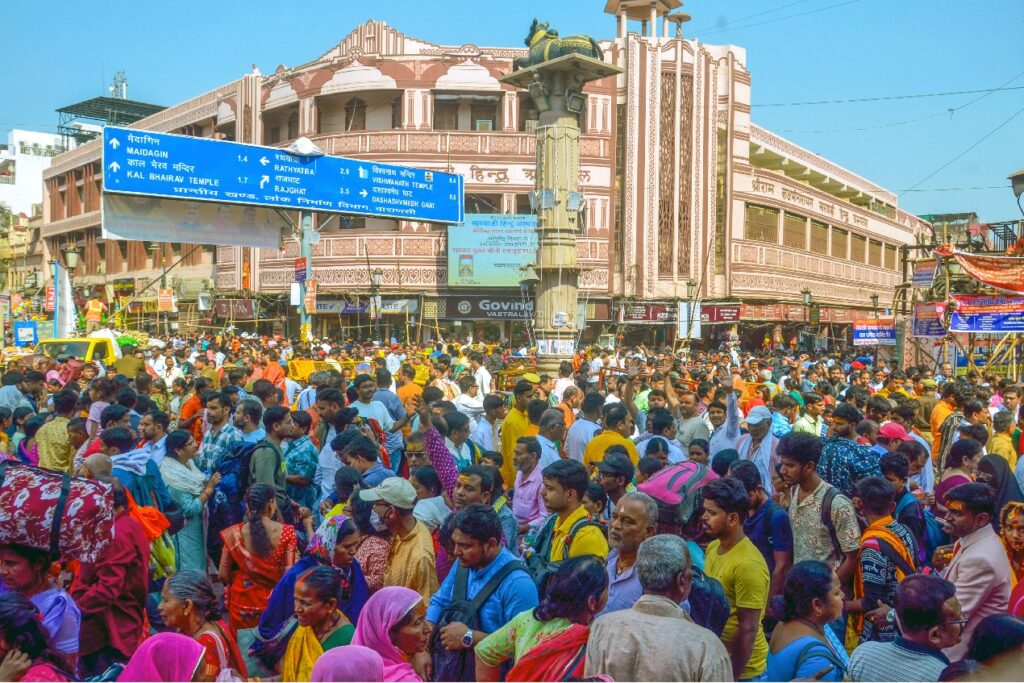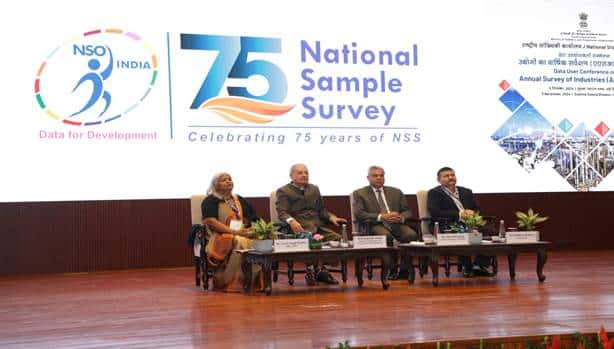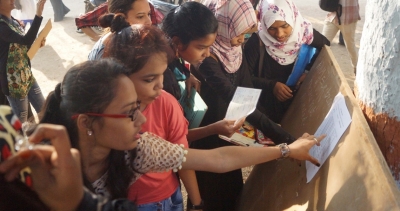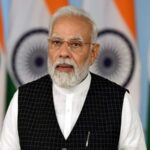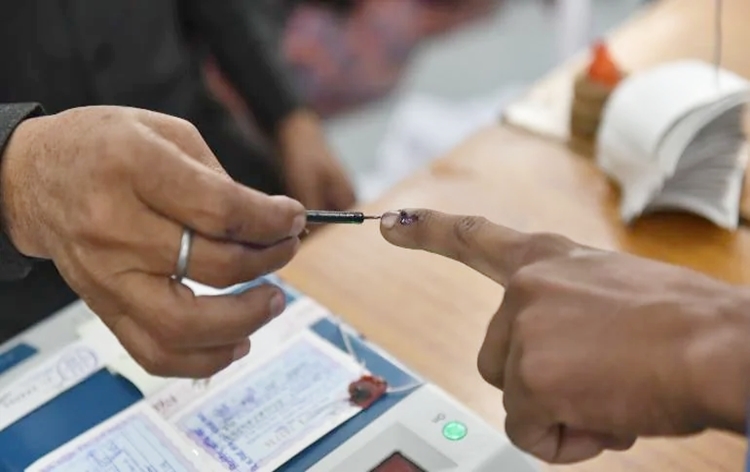World looks up to India through Make in India
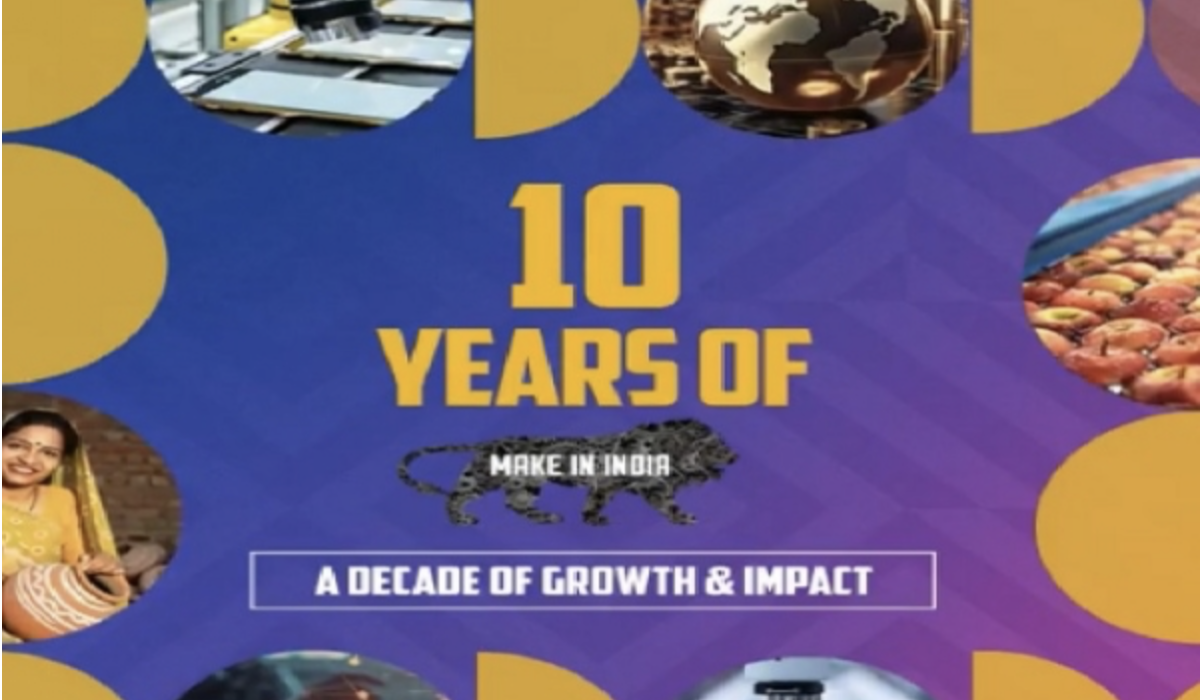
The ‘Make in India’, one of the flagship initiatives of the Modi government completed ten years. This not only illustrates a decade of India’s transformational growth but also a defining moment for the nation as it positions itself as a global manufacturing hub. The ‘Make in India’ initiative, launched on 25th September 2014, completes a landmark decade of empowering India to become a global manufacturing hub. Under the visionary leadership of Prime Minister Narendra Modi, the program has played a pivotal role in boosting domestic manufacturing, fostering innovation, enhancing skill development, and facilitating foreign investment.
10 Years of Impact and its outcomes
10 years of impact and outcomes
Since 2014, India has attracted a cumulative FDI inflow of USD 667.4 billion (2014-24), registering an increase of 119% over the preceding decade (2004-14). This investment inflow spans 31 States and 57 sectors, driving growth across diverse industries. Most sectors, except certain strategically important sectors, are open for 100% FDI under the automatic route. FDI equity inflows into the manufacturing sector over the past decade (2014-24) reached USD 165.1 billion, marking a 69% increase compared to the previous decade (2004 -14), which saw inflows of USD 97.7 billion.
The PLI Schemes introduced in 2020 have resulted in ₹1.32 lakh crore (USD 16 billion) in investments and a significant boost in manufacturing output of ₹10.90 lakh crore (USD 130 billion) as of June 2024. Over 8.5 lakh jobs have been created directly and indirectly due to the initiative. India’s merchandise exports surpassed USD 437 billion in FY 2023-24. Exports have surged, with an additional ₹4 lakh crore generated due to the PLI schemes, while total employment in the manufacturing sector increased from 57 million in 2017-18 to 64.4 million in 2022-23.
India’s commitment to improving business conditions is evident in its sharp rise from 142nd rank in 2014 to 63rd rank in 2019 in the World Bank’s Doing Business Report. Over 42,000 compliances have been reduced, and 3,700 provisions has been decriminalized. The Jan Vishwas (Amendment of Provisions) Act, 2023, passed by Lok Sabha on 27th July 2023 and Rajya Sabha on 2nd August 2023, which has decriminalized 183 provisions across 42 Central Acts.
Useful reforms
Useful reforms
Semicon India Program, worth ₹76,000 crore, aims to provide an impetus to semiconductor and display manufacturing by facilitating capital support and technological collaborations. India has developed policies to support every segment of the semiconductor ecosystem, not just focusing on fabs but also including packaging, display wires, OSATs, sensors, and more. National Single Window System (NSWS), launched in September 2021 simplified investor experience and integrated clearances from multiple ministries and departments thereby facilitating rapid approvals.
PM Gati Shakti National Master Plan (NMP), launched in October 2021 was a transformative move to facilitate data-based decisions related to integrated planning of multimodal infrastructure, thereby reducing logistics costs.
The development of 11 industrial corridors under the National Industrial Corridor Development Programme seeks to enhance India’s competitiveness by providing world-class infrastructure. The development of 11 industrial corridors under the National Industrial Corridor Development Programme has seen the approval of 12 new projects with a projected investment of ₹28,602 crore. These corridors enhance India’s competitiveness by providing world-class infrastructure.
The One-District-One-Product (ODOP) initiative has fostered local economic development, with Unity Malls being set up in 27 states to provide platforms for these unique products.
The Government with intent to build a strong ecosystem for nurturing innovation and encouraging investments launched the Startup India initiative on 16th January 2016. Sustained efforts by the Government under the Startup India initiative have led to an increase in the number of recognised startups to 1,40,803 as on 30th June 2024, which have created over 15.5 lakh direct jobs.
Way forward
Government of India has undertaken a comprehensive and multi-faceted approach to boost both domestic and foreign investments, fostering a robust and dynamic economic environment. From landmark reforms such as the Goods and Services Tax (GST) and the reduction in corporate tax, to far-reaching measures aimed at improving ease of doing business and streamlining FDI policies, every step is geared towards creating a more investment-friendly ecosystem. Initiatives like the Phased Manufacturing Programme (PMP), public procurement orders, and Quality Control Orders (QCOs) are focused on driving domestic manufacturing and enhancing product quality.
The Government’s proactive response to the challenges posed by COVID-19, through the Atmanirbhar Bharat packages and targeted investments under the National Infrastructure Pipeline (NIP) and National Monetization Pipeline (NMP), has turned adversity into an opportunity for growth. Tools such as the India Industrial Land Bank (IILB), Industrial Park Rating System (IPRS), and the National Single Window System (NSWS) further streamline processes for investors.
Additionally, Project Development Cells (PDCs) in various Ministries ensure that investment proposals are fast-tracked, making India a more attractive destination for global and domestic investors. These efforts collectively reinforce India’s position as a burgeoning hub for manufacturing and innovation. As India moves into its next decade of growth, Make in India 2.0 focuses on furthering sustainability, innovation, and self-reliance. With strategic interventions in renewable energy, green technologies, and advanced manufacturing, the initiative is ensuring that Indian products meet the highest global standards.



